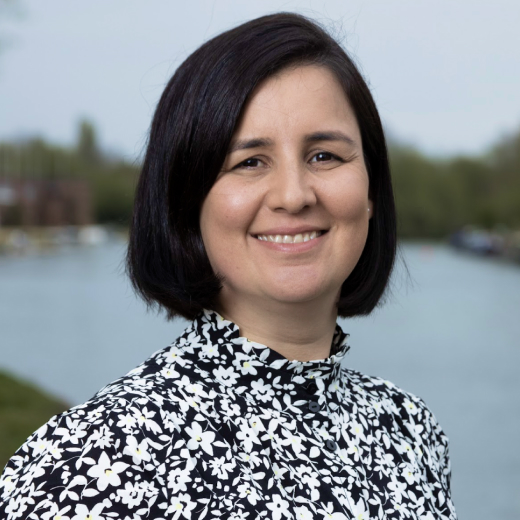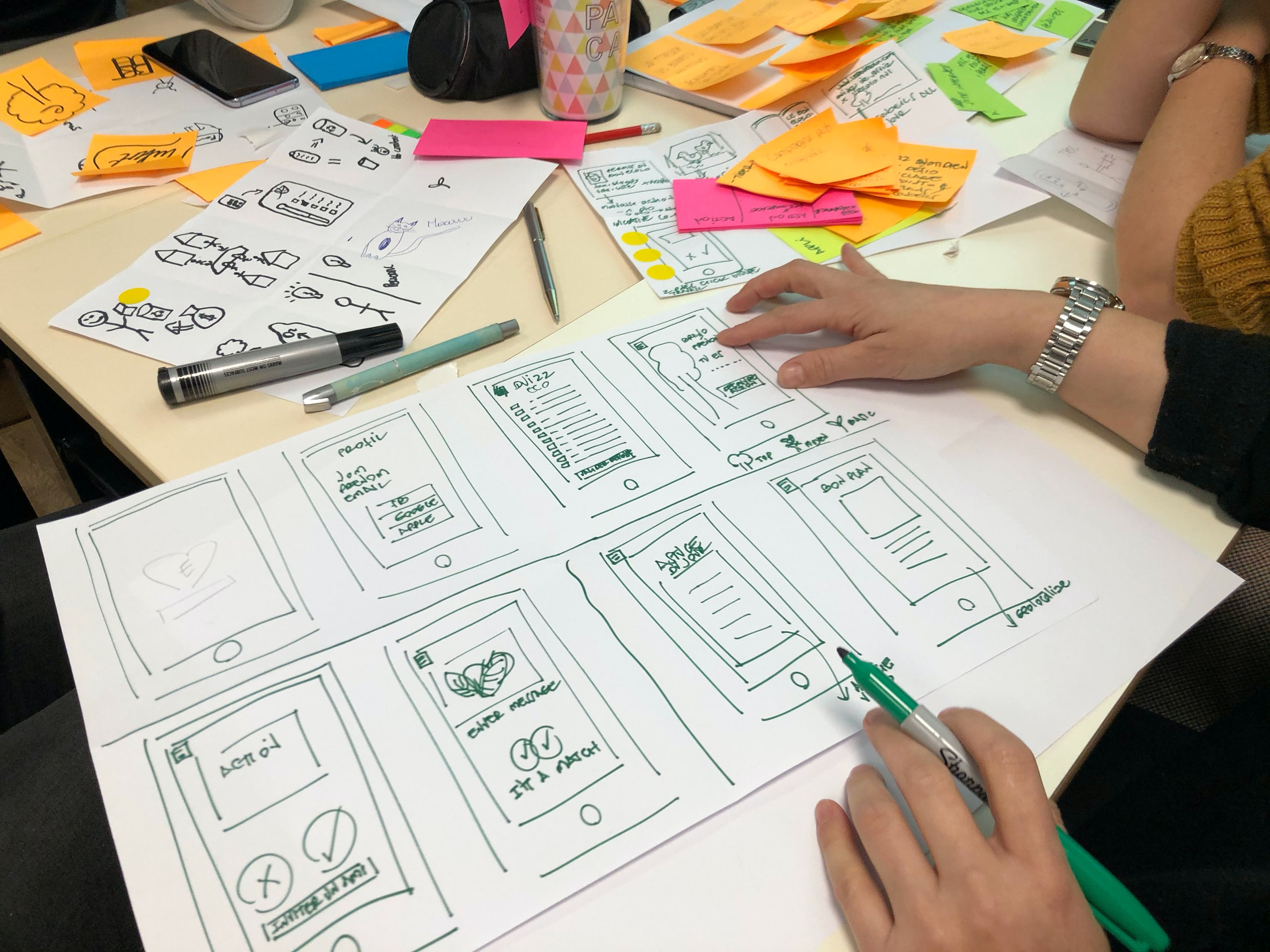At Fruto, we know that continuous discovery is the key to building products that meet real user needs. While some teams may question the need for ongoing user research, believing it hinders progress, the truth is that skipping it can result in costly mistakes, such as developing features that users neither need nor value. Continuous research ensures that your product evolves based on real user feedback, effectively minimising these risks.
Integrating user research throughout the product lifecycle enables teams to adapt to changing demands. Our dual-track approach supports this by separating discovery from delivery, allowing the exploration and validation of ideas without impeding development.
Key activities in continuous discovery
User interviews (qualitative): Direct conversations with users provide insights into their pain points and need, shaping meaningful solutions. When conducting user interviews, it's important to avoid bias in user research.
Surveys (quantitative): Large-scale data collection to better profile users and prioritise features with the highest user demand.
Usability testing (qualitative): Observing users interact with your product early and often to highlight usability issues.
Analytics tracking (quantitative): Monitoring user behaviour through quantitative data to inform decision-making and refine the product journey.
Metrics and KPIs for user experience
Tracking user experience and satisfaction is critical in continuous discovery. Here's how we measure it at Fruto:
SUS score (System Usability Scale): Evaluates ease of use and identifies areas for improvement.
Task success rate: Measures how efficiently users complete key tasks, highlighting usability issues.
NPS score (Net Promoter Score): Measures how likely users are to recommend your product, giving a sense of user loyalty.
Embedding continuous discovery into product development
This involves running discovery alongside delivery, as outlined in our post on the dual-track approach. Discovery teams, often led by user researchers or UX designers, continuously gather user insights while development teams focus on building the product.
While product managers are deeply involved in broader responsibilities, user researchers or UX designers dedicate their time to understanding user behaviour and designing solutions. They conduct qualitative and quantitative research, such as user interviews and usability tests, to uncover valuable insights that ensure the product solves real problems. Collaborating closely ensures that research findings directly inform the product vision, aligning it with user needs and business objectives. For more on how design impacts the product lifecycle, check out our post on design in product development.
Why continuous discovery matters
By embedding continuous discovery into your process, you avoid the "build trap" of developing features that don't align with user needs. It allows you to adapt faster, reduce risks, and make data-driven, evidence-based decisions, ultimately leading to a more successful product.
With regular user insights, clear KPIs, and a well-structured dual-track approach, you can confidently build products that meet and exceed user expectations.
If you have a project in mind or want to discuss continuous discovery, feel free to get in touch. We're happy to chat and explore how we can help.





